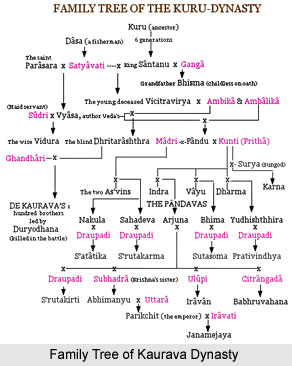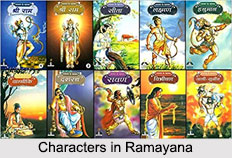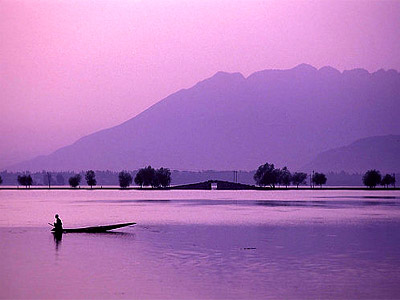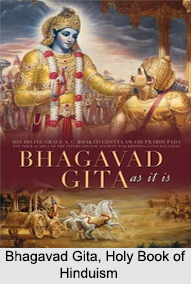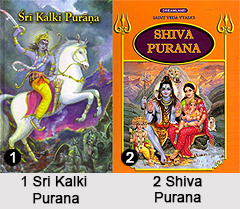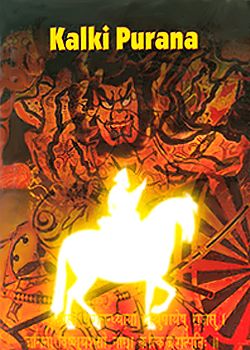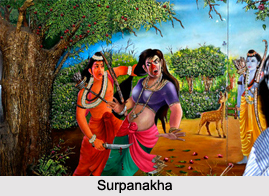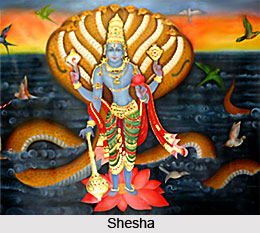 The God of Fire in one of the adhyayas of Agni Purana has enumerated the names of the different species of snakes, and has dealt with the time of their preponderance, the venomous nature of their bites, the ten joints of the body where such strokes prove invariably fatal, their period of incubation, and the diagnosis of a particular case from the demeanour of a messenger, sent to call in a snake-doctor and so on. Shesha, Vasuki, Takshaka, Karkata, Avja Mahamvuja, Shankhapala and Kulika, are the names of the first eight serpents created by the God, and they are regarded as belonging to the race of Brahmin, Kshatriya, Vaishya, and Shudra respectively in couples.
The God of Fire in one of the adhyayas of Agni Purana has enumerated the names of the different species of snakes, and has dealt with the time of their preponderance, the venomous nature of their bites, the ten joints of the body where such strokes prove invariably fatal, their period of incubation, and the diagnosis of a particular case from the demeanour of a messenger, sent to call in a snake-doctor and so on. Shesha, Vasuki, Takshaka, Karkata, Avja Mahamvuja, Shankhapala and Kulika, are the names of the first eight serpents created by the God, and they are regarded as belonging to the race of Brahmin, Kshatriya, Vaishya, and Shudra respectively in couples.
It has been said that from them, five hundred different species of serpents came into being, who in their turn gave birth to innumerable groups of reptiles, such as are characterised by sanguine, bilious or phlegmatic temperaments, not to speak of the countless hybrid species such as the ladder-shaped or spoon-headed snakes possessing venoms partaking of the vitiated humours peculiar to their parents. The hoods of the species are marked with the signs of cartwheels, ploughshares, umbrellas, Swastikas and maces. The Gonases, are usually slow of locomotion, and invariably attain a long and elongated body. The Rajilas, on the other hand, look glossy and beautiful in their multicoloured stripes and can stand erect on the tips of their tails, and are capable of darting at the prey at an angle. The bodies of the hybrid off springs of the Rajilas, are marked with stripes and rings peculiar to both the parent stock.
The sixteen classes of Gonases are grouped under four broad generic heads, according to the constituting principles of their venom, such as the earthy, the windy, the fiery and the watery, and are divided into twenty-six minor classes according to the difference of their shape and structure. The Rajalis admit of a division into thirteen different species, while the same maybe extended to include another twenty-one species, if their progeny by intermixture is taken into consideration. The snakes that take birth in a season other than their natural time of pairing should be deemed as hybrids.
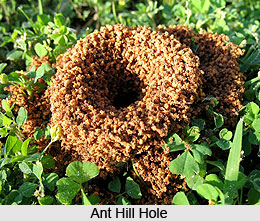 Agni Purana narrates that the different days of the week are marked by the respective influences of the seven snakes, while the joints of time, such as, dawn and nightfall, are under the direct control of the species Kulika, with the concurrent influences of either Shankha or Mahavja. A bite by a snake at a time controlled by the latter is sure to end in death of the victim. The malignant asterisms, and baneful lunar phases, and astral combinations in connection with a snake-bite are the Krittika, the Bharani, the Svati, the Mula, the three Purvas, the Ashvini, the Vishakha, the Ardra, the Magha, the Aslesha, the Chitra, the Shravana, the Rohini, the Hasta, and Saturdays, Tuesdays, the fifth, the sixth, the eighth, and the fourteenth days of a lunar month, the four meetings of day and night and the malignant yogas. The planets that are of a malignant nature, determine in many cases the virulence of the poison. The spot affected, is marked by a single or a couple of pin-like incisions, or present the aspect of a cleft, or an open wound.
Agni Purana narrates that the different days of the week are marked by the respective influences of the seven snakes, while the joints of time, such as, dawn and nightfall, are under the direct control of the species Kulika, with the concurrent influences of either Shankha or Mahavja. A bite by a snake at a time controlled by the latter is sure to end in death of the victim. The malignant asterisms, and baneful lunar phases, and astral combinations in connection with a snake-bite are the Krittika, the Bharani, the Svati, the Mula, the three Purvas, the Ashvini, the Vishakha, the Ardra, the Magha, the Aslesha, the Chitra, the Shravana, the Rohini, the Hasta, and Saturdays, Tuesdays, the fifth, the sixth, the eighth, and the fourteenth days of a lunar month, the four meetings of day and night and the malignant yogas. The planets that are of a malignant nature, determine in many cases the virulence of the poison. The spot affected, is marked by a single or a couple of pin-like incisions, or present the aspect of a cleft, or an open wound.
It has been said that in a case of false or apprehended bite, the characteristic punctures are not visible, while in a case of actual bite, there appear two or three such incisions, accompanied by pain and profuse bleeding, which form its four characteristics. A bite at the leg in night, accompanied by a tortoise like swelling of the affected part, with burning sensation in the wound, like the bite by an ant, and a choking sensation in the throat, is sure to terminate in death.
Agni Purana further enumerates that a bite by a snake, though accompanied by symptoms of an unvenomous character, should be held as fatal, if marked by knot-like indurate swellings around the affected part. A man bitten by a snake at a temple, in a deserted house, near an ant-hill, near a hole in a garden, at the crossings of roads, at a cremation ground, or in the bed of a river, at the confluence of streams, in an island, at a spot where four roads meet, over the terrace of a building, on the summit of a hill, near an old well, at the outside of a long-standing hole, in an old and dilapidated building, by the side of a moat, near an old ruin, by a snake, come out of a hole in a Jamvu, in a Vata tree, out of a crevice in an old and tumble-down wall, or at any vulnerable part of his body, such as the throat, the palate, the neck, the head, the chin the navel, or at the legs, is sure to meet his doom.
Finally it has been mentioned in the Agni Purana that the venom of a snake affects the seven different organs of the body, as it invades in succession the seven cardinal principles of vitality. Simultaneously with the bite, the poison goes up to the region of the forehead, then affects the eyes, then pervades over the whole face, then affects the organs of articulation, and then the deeper principles of life in succession.













